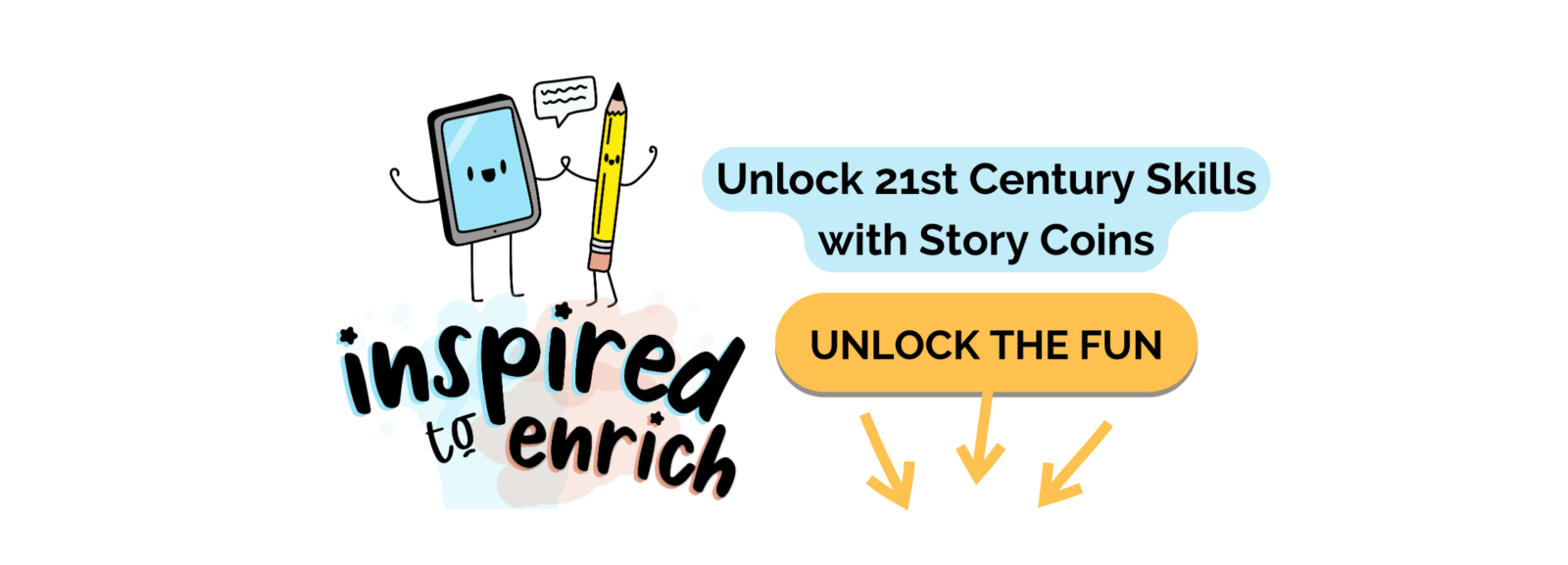In a small classroom filled with eager 5th graders, I embarked on a simple writing task, expecting to review their narratives at a later time. However, to my surprise, hand after hand shot up, signaling that they were already finished.
As I read through their stories about their first puppies, I realized something was wrong. Their work lacked originality and personal voice! Instead, they regurgitated the organizer example I had provided. Frustration and confusion washed over me as I realized the traditional teaching methods I had learned were falling short. It was time for a change.
Embracing Creativity
Determined to make writing fun and engaging, I decided to take a different approach. As a second-career teacher with a love for writing, I knew that creativity and interest were essential ingredients.
While the traditional strategies were being taught by my colleagues, I wanted to push the boundaries and explore new avenues. Yes, the five-paragraph essay had its merits in teaching organization, but it lacked real-world relevance. Writing needed to evolve, and I was ready to champion this cause, even if it meant taking risks.
The Need for 21st Century Writing Strategies
Flash forward a couple of years, and I found myself in a position where I could focus on fostering creative technology and writing skills in multiple grade levels. Observing other teachers tirelessly implementing the some strategies over and over, I realized the shortcomings of the traditional approach.
Our students, growing up with incredible technological advancements, needed writing skills that would empower them to express their ideas effectively. Thus, the need for 21st-century writing strategies became evident—an effective way to simplify writing lessons and support student success.

Photo by Arthur Krijgsman on Pexels.com
The Four Whys Approach
Breaking down writing into four distinct “whys” became my guiding principle. By combining comprehension, production, storytelling, and communication, I sought to revolutionize the way we approached writing.
These four reasons for writing—going beyond the familiar narrative, opinion, and information types—offered countless possibilities and applications.
Comprehension Writing: A Familiar Starting Point
Comprehension writing, the first of the four whys, is often the primary objective in writing assignments. As teachers, we strive to gauge whether our students have understood the text, its characters, setting, and plot events.
We want to see if they can extract evidence and provide sound explanations for the author’s choices. While comprehension is crucial, it is important to avoid solely focusing on this aspect.
Expanding the Writing Experience
Merely focusing on comprehension writing limits students’ potential to explore other aspects of communication. It is essential to teach them that there are different reasons, different whys, for writing.
As I worked with a group of third graders to prepare them for state testing, we delved into the three types of writing—narrative, information, and opinion. By understanding that narratives for assessments primarily showcase comprehension, the pressure to create highly entertaining stories diminished. They began to grasp that their narratives were a tool to exhibit their understanding of the story.
Practical Strategies for Making Comprehension Writing Stronger
To make comprehension writing more interesting for students, here are a few easy strategies to consider:
Peer Engagement: Encourage students to share their writing with a peer who has not read the text they are writing about. The peer can then discuss the content with the author, evaluating how effectively they explained or answered the writing prompt.
Condensing the Essence: Challenge students to distill their writing into as few words as possible. After responding to the prompt and writing their piece, have them condense it into 15, 10, or even 5 words. This exercise promotes succinctness and clarity.
Technological Expression: Incorporate technology into the writing process. Students could use Screencastify, Canva or any other recording platform to record a video or make a graphic. Then, they explain their approach your prompt.



